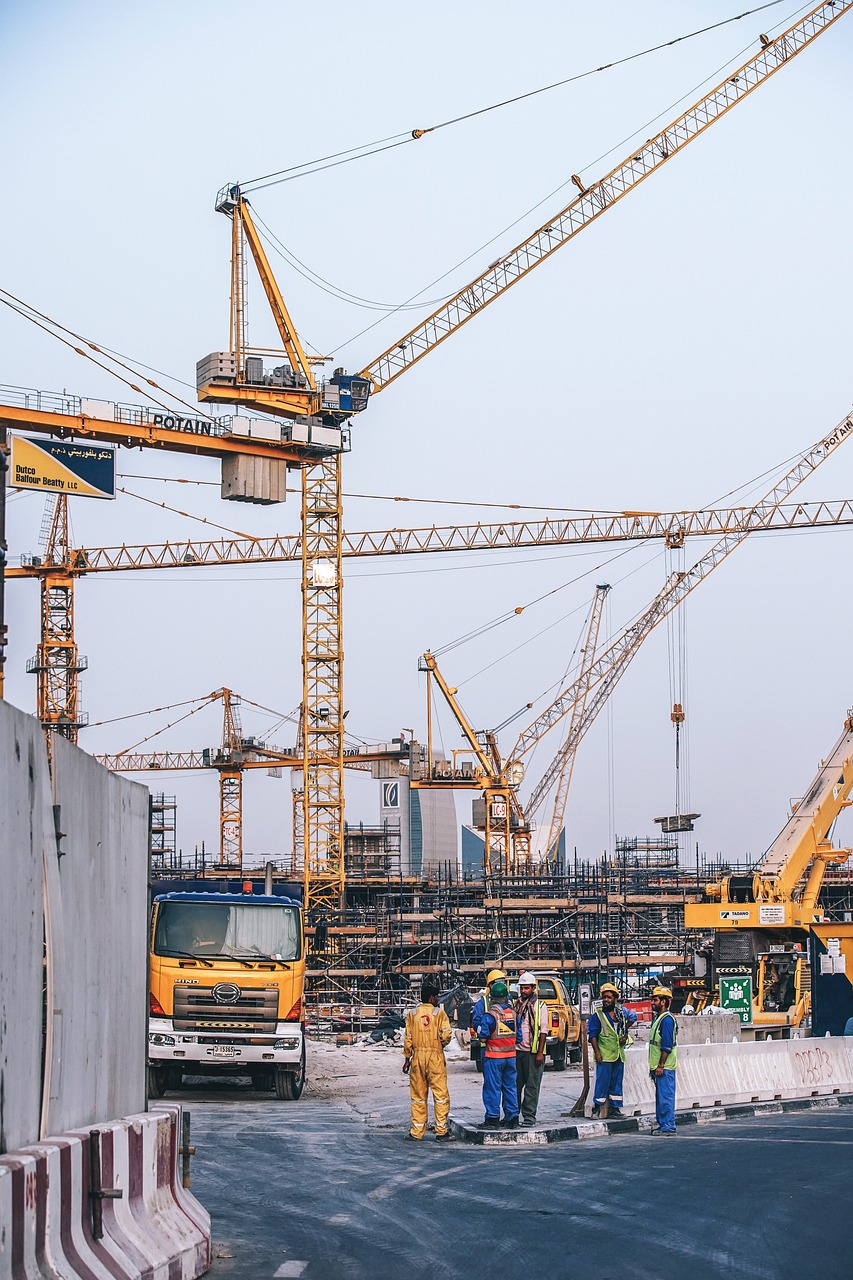Introduction
The world of lift engineering has seen remarkable advancements in recent years, revolutionizing vertical transportation in buildings and urban spaces. Elevators, or lifts, have been an integral part of modern life, enabling people and goods to move efficiently and seamlessly between floors. However, with the rapid growth of high-rise buildings and mega-cities, there has been an increasing demand for safer, faster, and more sustainable vertical mobility solutions.
Cutting-edge Technologies Transforming Lift Engineering
1. Smart Lift Systems
Innovative technologies such as the Internet of Things (IoT) and artificial intelligence (AI) have paved the way for smart lift systems. These elevators are equipped with sensors and data analytics capabilities, enabling real-time monitoring of lift performance, predictive maintenance, and improved energy efficiency. Smart lift systems can anticipate passenger traffic patterns, optimizing elevator allocation and reducing wait times significantly.
2. Green Lift Solutions
Sustainability has become a key focus in lift engineering. Green lift solutions integrate eco-friendly features like regenerative drives that harness energy during descent and convert it into electricity for other purposes. Additionally, energy-efficient LED lighting and advanced materials contribute to reducing the overall carbon footprint of lift systems, making them more environmentally friendly.
Enhancing Safety and Security in Lift Engineering
1. Intelligent Access Control
Advancements in lift engineering have also resulted in enhanced security measures. Intelligent access control systems ensure that only authorized personnel can access certain floors, preventing unauthorized entry and ensuring the safety of building occupants.
2. Emergency Evacuation Protocols
In the event of emergencies, such as fires or power outages, lift engineering has evolved to incorporate reliable evacuation protocols. Fire-rated lift doors, intercoms, and backup power systems help evacuate passengers safely and efficiently during critical situations.
Conclusion
The continuous innovations in lift engineering are transforming vertical transportation, redefining urban mobility, and enhancing the overall quality of life in modern cities. From smart lift systems optimizing passenger flow to sustainable and eco-friendly designs reducing environmental impact, the future of lift engineering looks promising.
As technology continues to advance, we can expect even more cutting-edge solutions that prioritize safety, efficiency, and sustainability. By embracing these innovations, cities can create seamless, accessible, and eco-conscious transportation systems that cater to the needs of their growing populations. As lift engineering continues to advance, the sky is truly the limit for vertical transportation.
